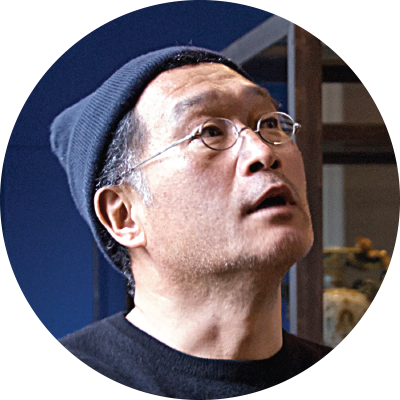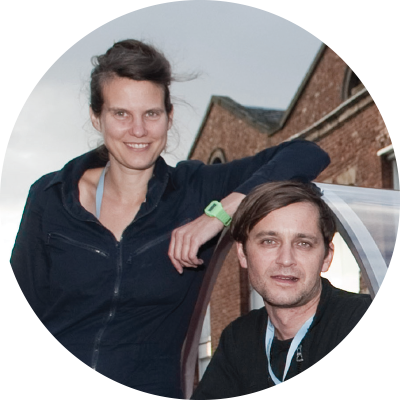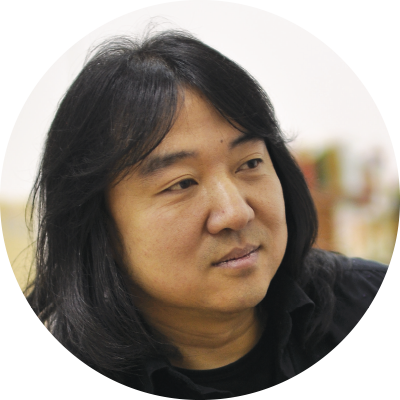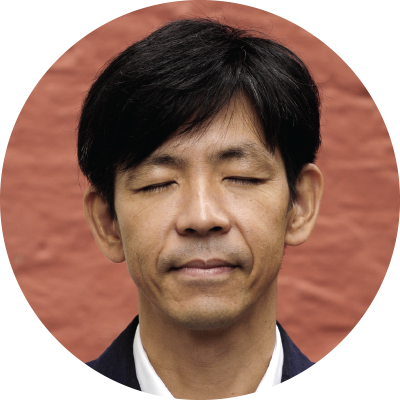Tadashi Kawamata
TREE HUTS IN BRUGES
- wood sculptures, Japan
Intro
The courtyard of the Bruges Beguinage is a place that exudes peace and tranquility. Tall trees grow from a central lawn surrounded by ancient houses and the Beguinage church. Tadashi Kawamata has installed a dozen tree houses in the courtyard, fragile wooden anomalies that appear to hover like kindly watchers over the Beguinage and all who pass there.
About TREE HUTS IN BRUGES
The tree houses in the Beguinage garden are poetic sculptures that explore the boundaries between art, architecture and nature. They are a surprising presence in this environment: the childlike, playful and adventurous spirit of a treehouse contrasts with the intrinsic spirituality, peace and formality of the Beguinage. Signs at the entrance to the complex ask visitors for complete silence. Children are not welcome to run and shout in this place, let alone to climb the trees. And this apparent dichotomy is exactly why the wooden constructions become an invitation to dream. High up in the trees, they seem like charming watchers, as though protectors of the residents and visitors. The tree houses also recall little places of retreat, if only in the imagination. The unreachable sculptures make one long for a private, peaceful place all to oneself.
This is not the first time that Tadashi Kawamata is exhibiting the tree houses. He has installed similar wooden structures in other cities, including New York, Paris and Berlin.
Essential Info
Tadashi Kawamata
TREE HUTS IN BRUGES Outdoor
20.05 - 18.10.2015
outdoor - Free
Begijnhof
Daily | 6:30 AM - 6:30 PM
Wheelchair accessible
Bio
The work of Tadashi Kawamata (1953, Hokkaido, Japan) is much admired in Europe and the rest of the world. The artist focuses on production processes and social and historical aspects of art. Kawamata’s work transcends the purely artistic context and extends into the fields of architecture, urban planning, history, sociology, everyday communication and even medical care. He often creates installations in public spaces, especially transitional zones, such as areas under construction or demolition. He uses found or recycled wood and other materials to build structures that create surprising interfaces with the surroundings. This has the effect of making viewers look at places in a different light and therefore question their relationship with their habitat.












![[O+A]](/src/Frontend/Files/Programme/overview_image/source/09_-o-a-_x2.png)


